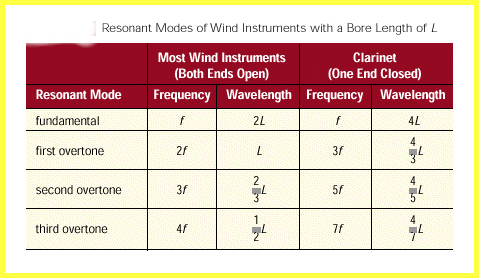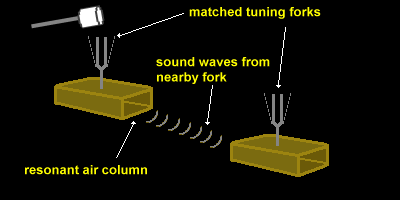
Sound waves from one source can cause an identical source to vibrate in resonance. Suppose that two tuning forks of identical frequency, mounted on wooden boxes of identical length and open at one end, are placed 1 metre apart. When the first tuning fork is struck and then silenced, a sound of the same frequency comes from the second tuning fork even though it was not struck. Resonance has occurred because the forks have the same natural frequency. Energy has been transferred from one fork to the other by sound waves.

If an air column is closed at one end and open at the other, it is referred to as a closed air column. An example of this type of air column is in the above image.
When a vibrating tuning fork is held over the open end of such a column and the length of the column is increased, it is found that the loudness increases sharply at very specific lengths. If a different tuning fork is used, the same result occurs except the maxima occur at different lengths.
When longitudinal sound waves are emitted by a tuning fork, some of them travel down the closed air column. The end of the tube reflects the sound waves back. A node is formed at the bottom of the column, and, since the air is free to move at the top of the tube, a loop forms there.
When the resonance first occurs, the column is 1/4 l in length, since a single loop and node are formed. The next possible lengths with a node at one end and a loop at the other are 3/4 l, 5/4 l , and so on. Thus, the resonant lengths in a closed air column occur at 1/4 l , 3/4 l , 5/4 l, and so on.
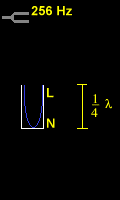
|
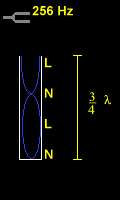
|

|
|
First Resonant Frequency |
Second Resonant Frequency |
Third Resonant Frequency |
Different resonant frequencies with a fixed length.
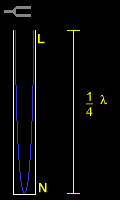
|
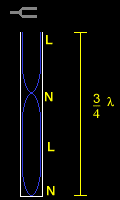
|
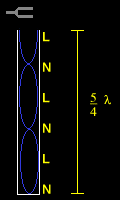
|
|
First Resonant Frequency |
Second Resonant Frequency |
Third Resonant Frequency |
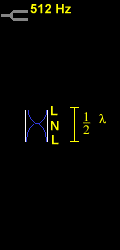
|
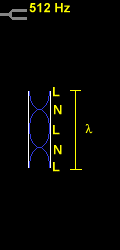
|
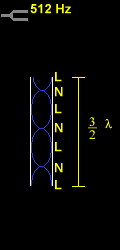
|
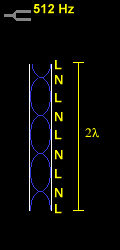
|
Open and closed air columns that resonate have been used in most cultures as musical instruments. Today instruments in Western culture are divided into the classes: windwoods and brass. The trumpet
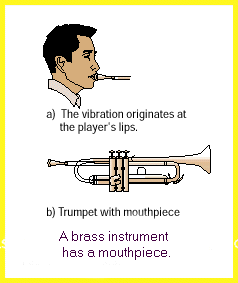
is an air column open at both ends
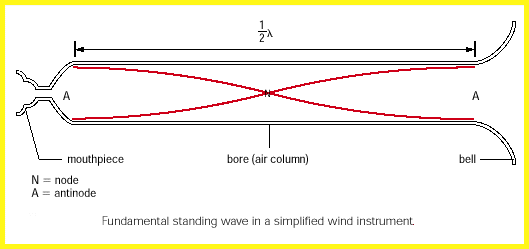

A quick summary is shown in this chart
